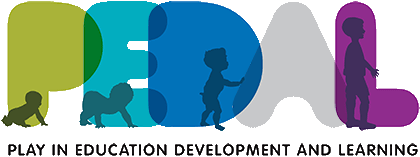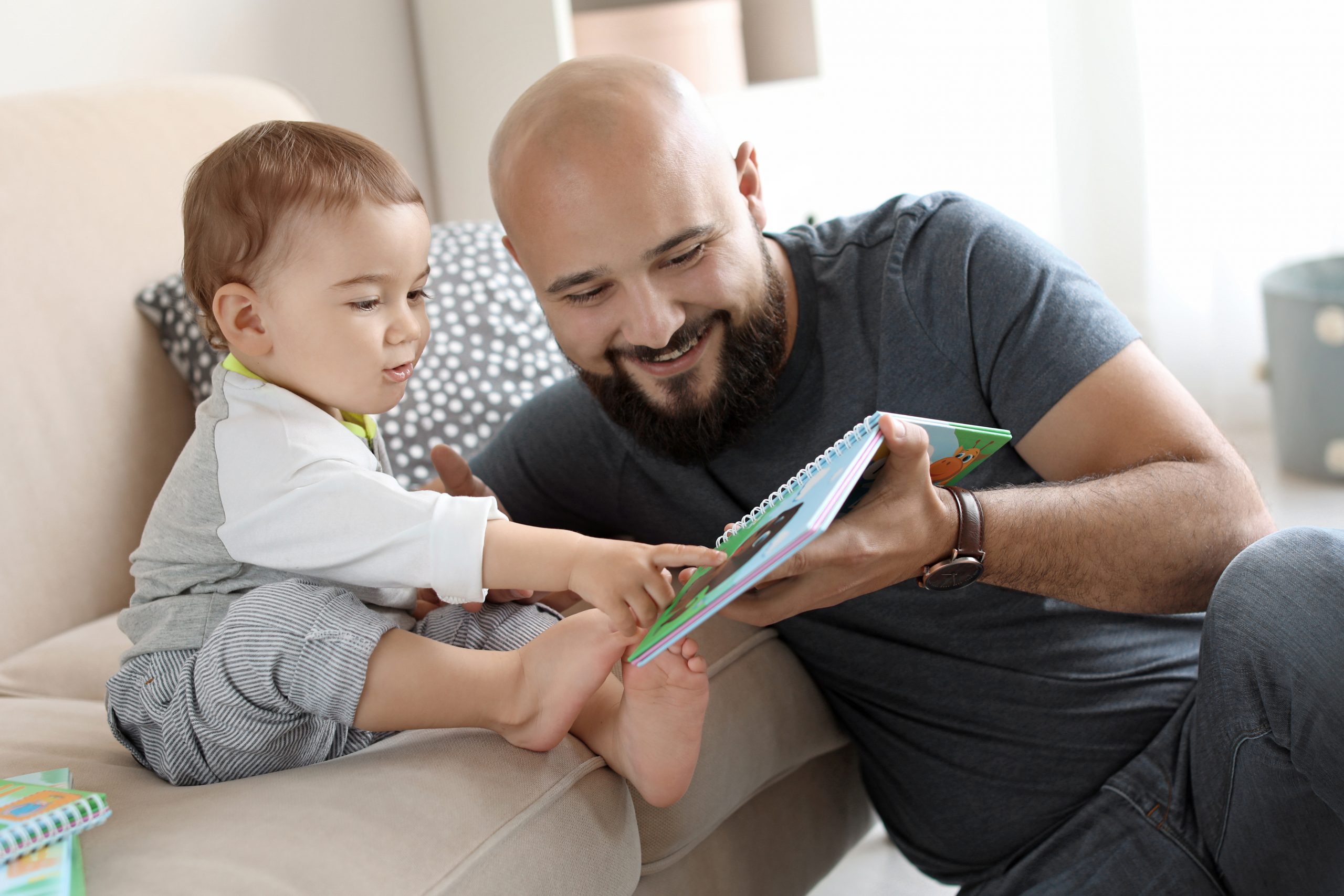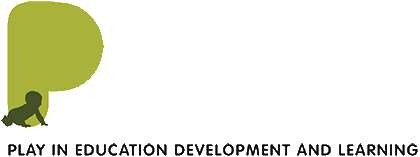Play Piece: Play and Pretence
What is pretend play and how does it link to a child’s emotional development? Read our whole Play Piece here.
What is pretend play and how does it link to a child’s emotional development? Read our whole Play Piece here.
Playing around in School: Implications for Learning and Educational Policy
A fundamental question has spawned fervent debates in classrooms and on Capitol Hill: How do we best educate children to be successful in a global, ever-changing world? Here we present the evidence that playful learning pedagogies not only promote important academic learning but also build the skills required for success in the 21st century. A […]
A fundamental question has spawned fervent debates in classrooms and on Capitol Hill: How do we best educate children to be successful in a global, ever-changing world? Here we present the evidence that playful learning pedagogies not only promote important academic learning but also build the skills required for success in the 21st century. A brief review of current educational trends and their underlying philosophies is followed by the introduction to of the concept of “playful learning,” a teaching approach that uses free-play and guided-play activities to promote academic, socio-emotional, and cognitive development. The chapter then reviews correlational, observational, and experimental literature on playing around in school and offers suggestions and future directions for research in the emerging playful learning domain.
Born Creative – Creative learning in the early years is not just child’s play
Supporters of creative learning argue that it is both more in tune with how children naturally learn and is better preparation for the modern economy. The previous government emphasised the importance of creativity for good teaching and learning, particularly in the early years. The reining in of public finances, combined with skepticism towards the role […]
Supporters of creative learning argue that it is both more in tune with how children naturally learn and is better preparation for the modern economy. The previous government emphasised the importance of creativity for good teaching and learning, particularly in the early years. The reining in of public finances, combined with skepticism towards the role of government, has brought the role creativity in learning into question. Born creative explores: Can training really make early years professional more creative? Does the curriculum foster creativity? How amenable should public spaces be to young people? In a series of essays Born Creative brings together the experiences of creative practices in early years education, to show the importance of cultures, environments and networks in the enrichment of the early years learning and interrogates the role of leaders, policy and parents in creating them.
I made a unicorn. Open-ended play with blocks and simple materials
Open-ended play with blocks and simple materials Although children’s play just happens spontaneously, it is complex and comes in myriad forms. One universal type is open-ended play, also known as free-flow play, in which the children themselves determine what to do, how to do it, and what to use. Open-ended means not having a fixed […]
Open-ended play with blocks and simple materials Although children’s play just happens spontaneously, it is complex and comes in myriad forms. One universal type is open-ended play, also known as free-flow play, in which the children themselves determine what to do, how to do it, and what to use. Open-ended means not having a fixed answer; unrestricted; allowing for future change. In the course of such play, children have no fear of doing it wrong since there is no correct method or outcome; and observant adults are privileged with insights into children’s development and thinking. Open-ended play is intrinsic to childhood; children have an impetus to explore and create. When free to experiment with the simplest materials, they find ways to express and develop their thoughts in imaginative play.
Can PLAY diminish ADHD and facilitate the construction of the social brain?
Abstract The diagnosis of attention deficit hyperactivity disorders (ADHD) has been increasing at an alarming rate, paralleled by the prescription of highly effective psychostimulants whose developmental effects on growing brains remain inadequately characterized. One reason for the increasing incidence of ADHD may be the diminishing availability of opportunities for pre-school children to engage in natural […]
Abstract The diagnosis of attention deficit hyperactivity disorders (ADHD) has been increasing at an alarming rate, paralleled by the prescription of highly effective psychostimulants whose developmental effects on growing brains remain inadequately characterized. One reason for the increasing incidence of ADHD may be the diminishing availability of opportunities for pre-school children to engage in natural self-generated social play. Pre-clinical work indicates that play can facilitate behavioral inhibition in growing animals, while psychostimulants reduce playfulness. The idea that intensive social play interventions, throughout early childhood, may alleviate ADHD symptoms remains to be evaluated. As an alternative to the use of play-reducing psychostimulants, society could establish play “sanctuaries” for at-risk children in order to facilitate frontal lobe maturation and the healthy development of pro-social minds.
The Development of Error Correction Strategies in Young Children’s Manipulative Play
The focus of this study was the strategies used by young children between 18 and 42 months for correcting the errors they made as they attempted to nest a set of 5 seriated cups. In the process of combining the cups, the children committed numerous errors (such as putting a cup that was too large […]
The focus of this study was the strategies used by young children between 18 and 42 months for correcting the errors they made as they attempted to nest a set of 5 seriated cups. In the process of combining the cups, the children committed numerous errors (such as putting a cup that was too large on a smaller cup), and they tried to correct the majority of those errors. Detailed examination of the children’s correction attempts revealed that the strategies they used changed substantially with age, becoming increasingly more flexible and involving more extensive restructuring of the relations among the cups. Earlier correction attempts tended to focus on a single, nonfitting cup or on a single relation between 2 cups. Later-appearing strategies involved the coordination of relations involving several cups. The same trend toward increasing flexibility of thought and action also appeared in the procedures the children used to combine the cups. This study thus documents a finely graded series of cognitively significant changes in children’s constructive activity during a period that has been poorly differentiated by cognitive developmental research. In so doing, it demonstrates the usefulness for problem-solving research of analyzing how subjects go about trying to rectify their own mistakes.
When Play Is Learning: A School Designed for Self-Directed Education
Test of Playfulness
The power of possibility: causal learning, counterfactual reasoning, and pretend play
We argue for a theoretical link between the development of an extended period of immaturity in human evolution and the emergence of powerful and wide-ranging causal learning mechanisms, specifically the use of causal models and Bayesian learning. We suggest that exploratory childhood learning, childhood play in particular, and causal cognition are closely connected. We report […]
We argue for a theoretical link between the development of an extended period of immaturity in human evolution and the emergence of powerful and wide-ranging causal learning mechanisms, specifically the use of causal models and Bayesian learning. We suggest that exploratory childhood learning, childhood play in particular, and causal cognition are closely connected. We report an empirical study demonstrating one such connection—a link between pretend play and counterfactual causal reasoning. Preschool children given new information about a causal system made very similar inferences both when they considered counterfactuals about the system and when they engaged in pretend play about it. Counterfactual cognition and causally coherent pretence were also significantly correlated even when age, general cognitive development and executive function were controlled for. These findings link a distinctive human form of childhood play and an equally distinctive human form of causal inference. We speculate that, during human evolution, computations that were initially reserved for solving particularly important ecological problems came to be used much more widely and extensively during the long period of protected immaturity.
Cellular activation in limbic brain systems during social play behaviour in rats
Positive social interactions during the juvenile and adolescent phases of life are essential for proper social and cognitive development in mammals, including humans. During this developmental period, there is a marked increase in peer–peer interactions, signified by the abundance of social play behaviour. Despite its importance for behavioural development, our knowledge of the neural underpinnings […]
Positive social interactions during the juvenile and adolescent phases of life are essential for proper social and cognitive development in mammals, including humans. During this developmental period, there is a marked increase in peer–peer interactions, signified by the abundance of social play behaviour. Despite its importance for behavioural development, our knowledge of the neural underpinnings of social play behaviour is limited. Therefore, the purpose of this study was to map the neural circuits involved in social play behaviour in rats. This was achieved by examining cellular activity after social play using the immediate early gene c-Fos as a marker. After a session of social play behaviour, pronounced increases in c-Fos expression were observed in the medial prefrontal cortex, medial and ventral orbitofrontal cortex, dorsal striatum, nucleus accumbens core and shell, lateral amygdala, several thalamic nuclei, dorsal raphe and the pedunculopontine tegmental nucleus. Importantly, the cellular activity patterns after social play were topographically organized in this network, as indicated by play-specific correlations in c-Fos activity between regions with known direct connections. These correlations suggest involvement in social play behaviour of the projections from the medial prefrontal cortex to the striatum, and of amygdala and monoaminergic inputs to frontal cortex and striatum. The analyses presented here outline a topographically organized neural network implicated in processes such as reward, motivation and cognitive control over behaviour, which mediates social play behaviour in rats.


